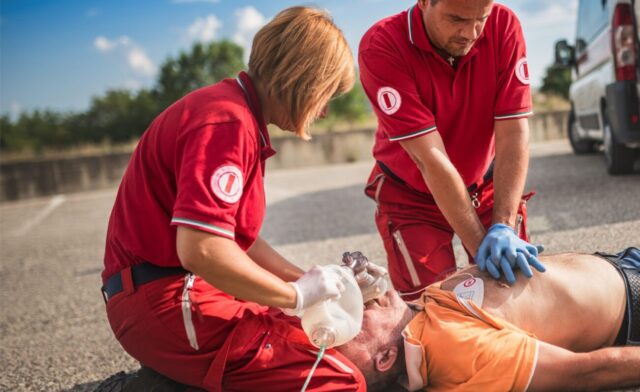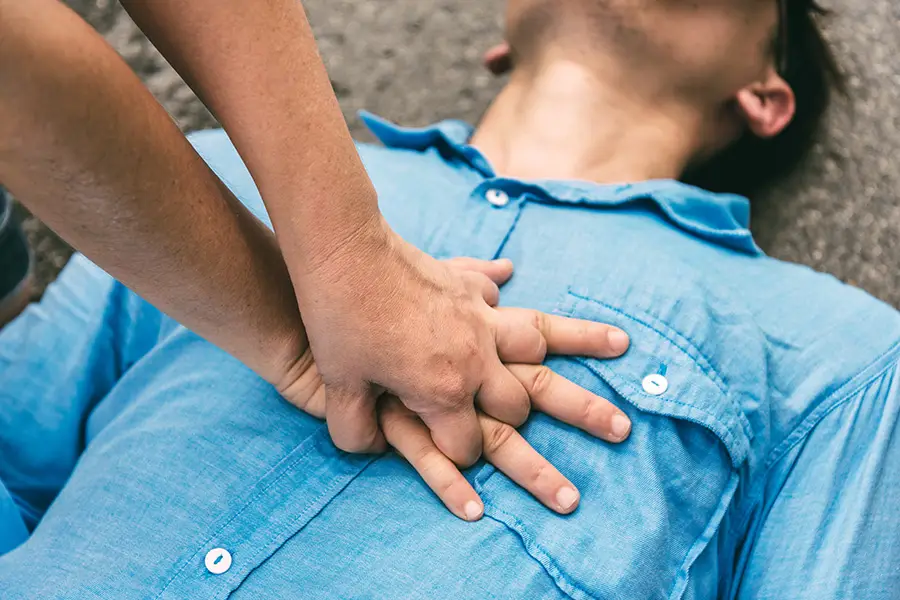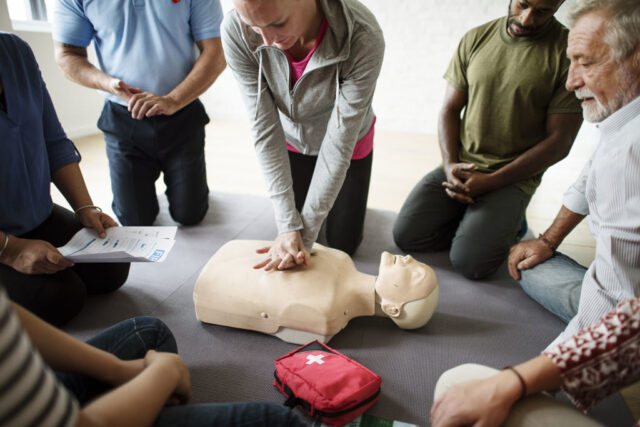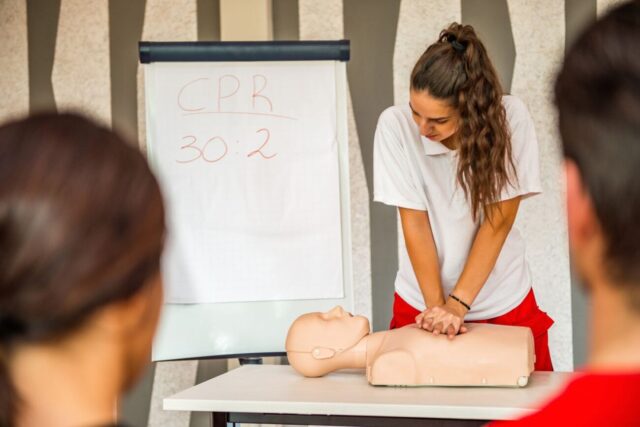
Life often throws us unexpected challenges. Among them are emergency situations, where life-saving skills become paramount.
For many, First Aid stands as the frontline defense in these crises, providing immediate care that can mean the difference between life and death.
This post delves into the undeniable benefits of learning this skill and obtaining certification, showcasing its significance not just in extreme situations, but in our day-to-day lives as well.
The Basics of First Aid

First Aid is the immediate care provided to an injured or ill person until professional help arrives. This preliminary intervention includes assessing the situation, identifying the injuries, and rendering care.
The role of a First Aid responder is crucial. They not only provide medical assistance but also stabilize the situation, ensuring further harm is prevented.
The Importance of Getting Certification
Beyond mere knowledge, formal training and certification in First Aid ensure an individual is well-equipped to handle emergencies. Being certified lends credibility, assuring others of your ability to provide effective care.
Additionally, certification ensures you’ve undergone rigorous training, preparing you to respond to a wide array of emergencies with confidence and skill.
Real-Life Examples of First Aid Saving Lives
Stories abound of First Aid interventions saving lives. Imagine a child choking during a family dinner, swiftly saved by a relative who knew the Heimlich maneuver. Or an individual experiencing a cardiac arrest at a public event, only to be resuscitated by a bystander trained in CPR.
These real-life scenarios underscore the vital role of timely providing help in time and giving intervention, proving that immediate action can often steer outcomes toward survival.
Building Confidence and Calmness in Emergencies

Training in First Aid not only equips you with skills but also instills confidence. A certified individual, familiar with emergency procedures, is more likely to remain calm under pressure. Such composed responses not only enhance the efficacy of the help provided but also reassure and stabilize those around, magnifying the impact on the victim’s well-being.
First Aid in Everyday Situations
The value of First Aid isn’t confined to dire situations. Even minor injuries, like cuts or burns, benefit from correct First Aid practices.
Whether it’s a scraped knee at home, a sprained ankle at a local sports event, or a minor burn in the kitchen, knowing how to respond can prevent complications and accelerate healing.
How to Get Certified?
Eager to learn? Numerous organizations offer First Aid training programs. Certification levels vary, from basic to advanced, catering to different needs.
While traditional in-person courses remain popular, online options have emerged, offering flexibility to those with tight schedules or preferring remote learning. If you’re interested in this calling please check out https://cprcertificationnow.com/products/first-aid-for-severe-bleeding-certification.

Conclusion
In essence, First Aid is more than a skill; it’s a commitment to safeguarding lives. With the world brimming with uncertainties, being trained to handle emergencies can bring a significant difference.
So, take the leap today. Enroll in a First Aid course and become an unsung hero, ready to make a life-altering difference when the moment calls for it.







